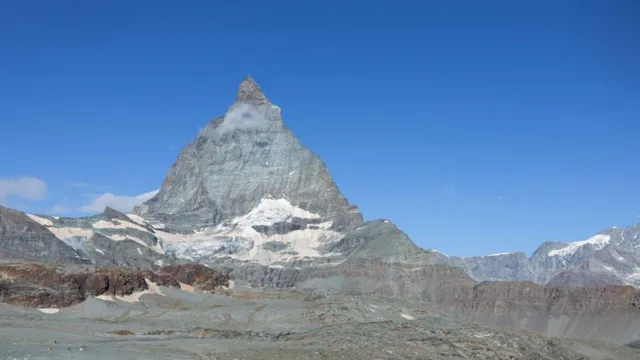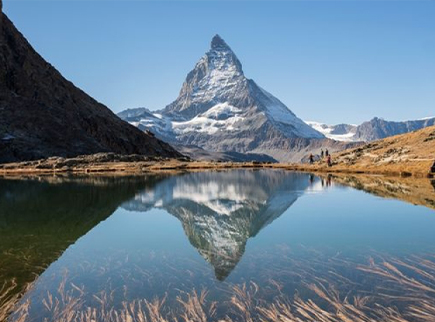Italy and Switzerland have agreed to adjust their shared border in the Alps due to the melting of glaciers that define the boundary.
Part of the border between the two nations is set to be redrawn, specifically under the iconic Matterhorn Peak, a popular skiing destination overlooking Zermatt.
While national boundaries are often considered fixed, large sections of the Swiss-Italian border are actually defined by glaciers and snow fields.
“With the melting of the glaciers, these natural elements evolve and redefine the national border,” the Swiss government stated on Friday.
The border changes were agreed upon in 2023, and Switzerland officially approved the adjustment on Friday. Italy’s approval process is currently underway.
Once both countries have signed the agreement, the details of the new border will be made public.

Europe is experiencing rapid warming, with devastating effects on its glaciers. Switzerland’s glaciers lost 4% of their volume last year, following a record 6% loss in 2022.
Matthias Huss, a glaciologist at ETH Zürich and director of GLAMOS, warned that glaciers are melting at an alarming rate.
“In 2024, glaciers continued to lose ice at a high speed despite significant snowfall,” Huss told CNN.
“Some glaciers are disintegrating, while smaller ones are disappearing entirely.”
Climate action may mitigate some effects, but up to half of the world’s glaciers may vanish by 2100.
Consequences of melting glaciers include:
– Increased landslide risks
– Loss of freshwater sources
– Grim discoveries, such as the recovery of a missing climber’s remains after 37 years
The shifting border highlights the visible impact of climate change.
“It directly affects our world map,” Huss noted.
The agreement marks a significant adjustment to the Alpine border, underscoring the urgent need for climate action.

